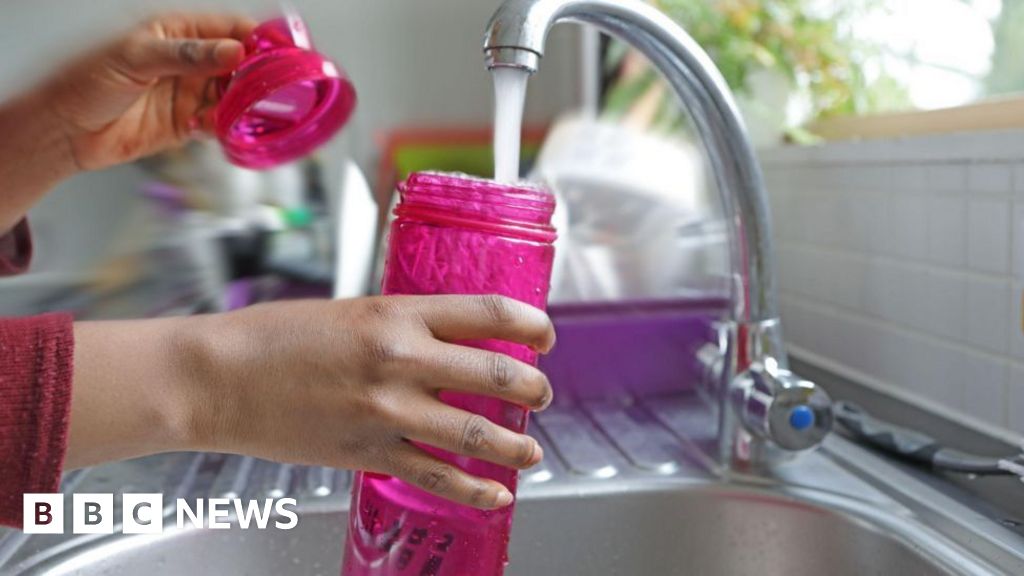 Getty Images
Getty ImagesThe average household water bill in England and Wales should go up by £94 over the next five years, water regulator Ofwat has said.
What can you expect to pay and how are bills calculated?
How much will I pay for my water in England and Wales?
Ofwat has proposed that bills should increase by an average of £19 per year between 2025 and 2030. That amounts to £94 over the period, a rise of 21%.
While Ofwat sets limits, individual water companies decide how much to charge customers.
Most people in England and Wales get their water from one of 17 companies and have their waste water taken away by one of 11 firms.
Households cannot choose which supplier they use – it is down to where they live. Find your supplier here.
Ofwat determines the levels of service all customers can expect and how much it will cost to keep services running efficiently under its five-yearly “price reviews”.
The water industry wants bills to rise by an average of 33% by 2030, and has warned the increase proposed by Ofwat will not be enough to tackle problems including sewage leaks.
A final figure is due in December, following a consultation.
Average bills for 2024-25 are also due to increase, by £27.40 to £473. That’s below 2019-20 levels, when they stood at £503 a year.
How are water bills calculated in England and Wales?
Households in England and Wales are typically billed for water in one of two ways:
- Unmetered customers pay a set amount for their water and sewage services, regardless of how much water they use. This is usually based on the rateable value of their home – an approximate annual rental value of a property
- Metered customers only pay for what they use. They have readings from their water meters collected by the water company
All households pay for sewerage services as well, either as part of their water bill or separately if their water company doesn’t deliver wastewater services.
What happens to water companies that fail to provide a good service?
As part of its price review, Ofwat sets performance targets to encourage water companies to meet their commitments to customers and the environment.
They are expected to reduce leakage, pollution incidents and sewer flooding.
If a company beats its targets it may get a financial reward. If it does not meet them, it may face a penalty.
The companies reflect these costs in annual adjustments to customer bills.
In 2024-25 water companies will have to repay £114m.
How much are water bills in Scotland and Northern Ireland?
A small number of Scottish households have water meters. However, most pay for water and sewerage as part of their council tax, with charges depending on their council tax band.
Average bills will rise by £35.95 in 2024/25, according to Scottish Water.
Someone living in a council tax band C property will pay on average £485.68 for water and sewerage services.
Households in Northern Ireland are not billed for water.
 Getty Images
Getty ImagesHow can I save money on my water bill?
Move to a social tariff: Every water company offers a scheme which can help reduce your bills if you’re on a low income. Eligibility and the level of support varies by company.
Get a water meter: Meters can reduce bills for some. Every household can apply to have one installed. If a meter is not suitable, the water company must offer something called an “assessed charge” which may also save you money.
Sewage service rebates: Households may be able to get a rebate for certain sewage services if they can prove they do not use them.
Use less water: Many water companies offer customers free water-saving devices. Look out for unexplained increases in your bills – it may mean you have a leak.
What if I can’t pay my water bill?
Individual water companies offer a range of options to customers who are struggling to pay their bill, including debt support programmes, financial hardship funds or payment breaks.


